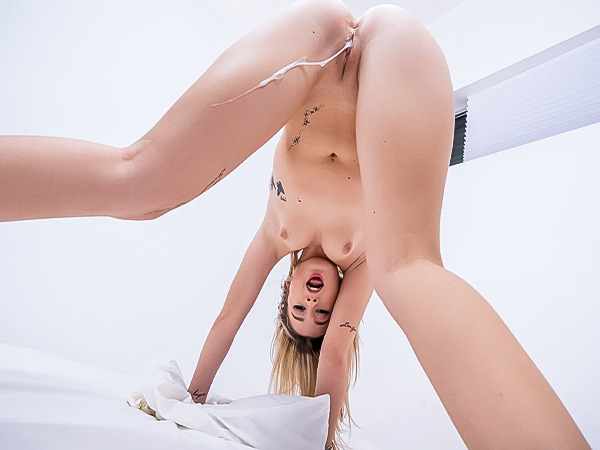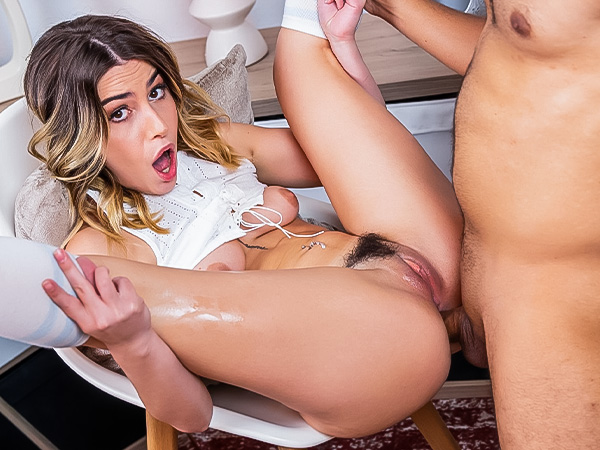Free VR Porn
Top Virtual Studios Ready to Stream
POVR delivers the best in VR porn with top stars. Watch immersive VR sex from leading creators using your favorite headset or smartphone. Stream and download options offer more ways to enjoy VR porn on the ultimate platform. With a massive library, intuitive navigation, and high-quality
180-degree productions, POVR offers crystal-clear videos and advanced head-tracking.
The Highest VR Production Values for Less
Enjoy VR porn in
5K,
6K,
7K,
8K quality, immersive video, true 3D, and rich audio. Weekly POVR Originals bring the best XXX simulations from top studios like WankzVR, MILF VR, and more. Don't pay for incomplete collections when POVR offers maximum value!
Meet Your Favorite Pornstars in VR
Thousands of performers are available, including legends like
Lexi Luna and
Gabbie Carter. Filters help you navigate, while POV and voyeur styles make you feel part of the action.
Comprehensive List of VR Categories
Target exact preferences like
VR threesomes or
big tits in 180-degree immersive videos. Compatible with all major headsets, POVR delivers premium VR porn, offering an expansive, regularly updated network.
Build YOUR Collection of VR Porn Videos
Explore a huge range of VR porn, from free to premium content, and use the POVR Playlist Editor for customized streaming. Enjoy jaw-dropping visuals, interactive features, and the support of an active member forum, all in one place.


 POVR Originals
POVR Originals  WankzVR
WankzVR  MilfVR
MilfVR  Reality Lovers
Reality Lovers  RealJamVR
RealJamVR  Lethal Hardcore VR
Lethal Hardcore VR  Virtual Real Porn
Virtual Real Porn  VRHush
VRHush  Swallowbay
Swallowbay  TmwVRnet
TmwVRnet  Only3xVR
Only3xVR  No2StudioVR
No2StudioVR  VRLatina
VRLatina  Deepinsex
Deepinsex 































